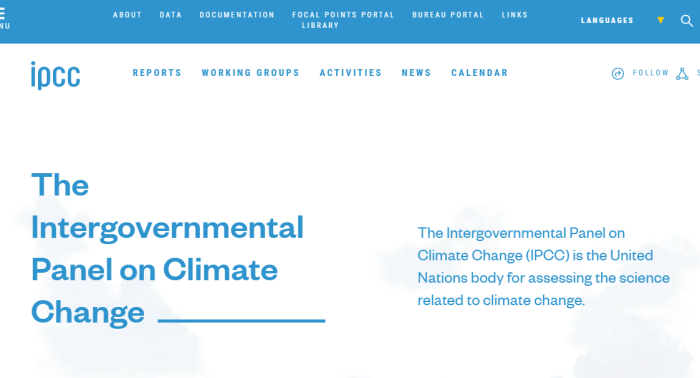
The climate change industry isn’t merely hyped up or exaggerated. It is built entirely on fraud and deceit. Time to expose some major lies.
1. Debunking The Climate Change Scam
The entire climate change industry, (and yes, it is an industry) is a hoax perpetrated by the people in power. See the other articles on the scam, the propaganda machine in action, and some of the court documents in Canada. It’s a much bigger picture than what is presented by the mainstream media, or even the alternative media.
2. Nothing To Do With A Clean Environment
To make this clear, the carbon taxes and regulations Westerners are forced to endure have nothing to do with making a cleaner atmosphere, environment, or preventing climate change. These are lies that politicians and media figures tell in order to justify the massive wealth transfer. So where does the money actually go? Here are a few areas:
- Climate bonds, self-enrichment
- Predatory loans to the 3rd World
- Funding immigration schemes
3. Carbon Dioxide Is Necessary For Life
(A Children’s Video Explaining Photosynthesis, Peekaboo Kidz, 2015)
Carbon Dioxide, CO2, is touted as a “greenhouse gas” which contributes to all kinds of environmental disasters
“Global warming” is a term not used as much anymore, since “climate change” is more vague, and can be more easily adapted.
However, carbon dioxide occurs naturally, just from breathing.
The human body converts carbohydrates, fatty acids, and proteins into smaller “waste products” such as water and carbon dioxide in order to extract energy from them.
Carbon dioxide is not a “waste product” to be eliminated. It is a necessary resource plants use for photosynthesis
6 CO2 (carbon dioxide) + 6 H20 (water) + sunlight ===> C6H1206 (sugar) + 6 02 (oxygen)
While only plants engage in photosynthesis, both plants and animals respire
C6H1206 (sugar) + 6 02 (oxygen) ===> 6 CO2 (carbon dioxide) + 6 H20 (water) + usable energy
The photosynthesis and respiration cycles are not some big mystery. They have been taught in grade schools for many years. See here, see here, and see here
4. Paris Accord Is All About Money
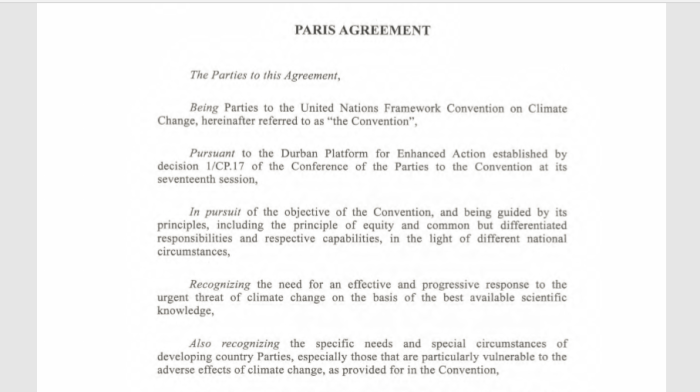
The Paris Accord is all about taxation, and “financial flow” from the 1st World to the 3rd World. To say otherwise is disingenuous. Read article #9:
1. Developed country Parties shall provide financial resources to assist developing country Parties with respect to both mitigation and adaptation in continuation of their existing obligations under the Convention.
2. Other Parties are encouraged to provide or continue to provide such support voluntarily.
3. As part of a global effort, developed country Parties should continue to take the lead in mobilizing climate finance from a wide variety of sources, instruments and channels, noting the significant role of public funds, through a variety of actions, including supporting country-driven strategies, and taking into account the needs and priorities of developing country Parties. Such mobilization of climate finance should represent a progression beyond previous efforts.
4. The provision of scaled-up financial resources should aim to achieve a balance between adaptation and mitigation, taking into account country-driven strategies, and the priorities and needs of developing country Parties, especially those that are particularly vulnerable to the adverse effects of climate change and have significant capacity constraints, such as the least developed countries and small island developing States, considering the need for public and grant-based resources for adaptation.
5. Developed country Parties shall biennially communicate indicative quantitative and qualitative information related to paragraphs 1 and 3 of this Article, as applicable, including, as available, projected levels of public financial resources to be provided to developing country Parties. Other Parties providing resources are encouraged to communicate biennially such information on a voluntary basis.
6. The global stock take referred to in Article 14 shall take into account the relevant information provided by developed country Parties and/or Agreement bodies on efforts related to climate finance.
7. Developed country Parties shall provide transparent and consistent information on support for developing country Parties provided and mobilized through public interventions biennially in accordance with the modalities, procedures and guidelines to be adopted by the Conference of the Parties serving as the meeting of the Parties to this Agreement, at its first session, as stipulated in Article 13, paragraph 13. Other Parties are encouraged to do so.
8. The Financial Mechanism of the Convention, including its operating entities, shall serve as the financial mechanism of this Agreement.
9. The institutions serving this Agreement, including the operating entities of the Financial Mechanism of the Convention, shall aim to ensure efficient access to financial resources through simplified approval procedures and enhanced readiness support for developing country Parties, in particular for the least developed countries and small island developing States, in the context of their national climate strategies and plans.
To summarize Article #9
1/ Developed nations “will” support financially
2/ Other nations “encouraged” to support financially
3/ Developed nations shall be innovative in how they finance
4/ Small/island nations shall get more money
5/ Make public how much money is available
6/ This will be reviewed in 5 years time
7/ Guidelines to be adopted (mandatory?)
8/ Funding mechanism of convention to be used in agreement
9/ Cut the red tape for how/when to send money
5. Various Global Taxation Schemes
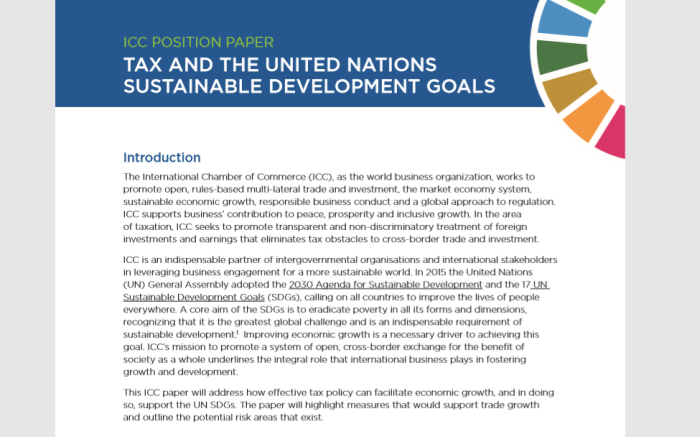
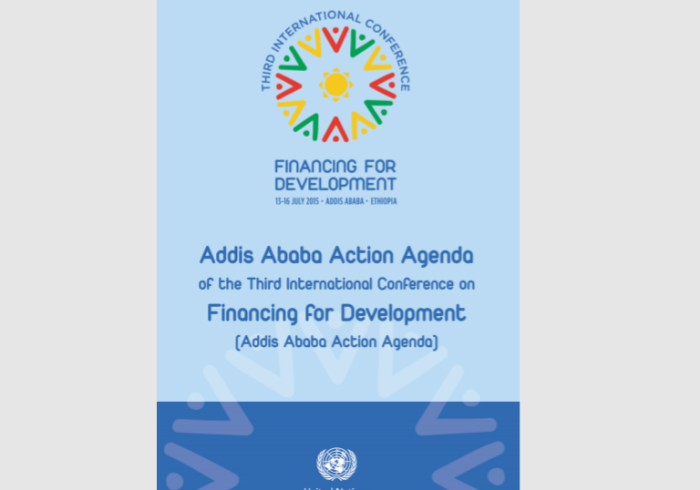
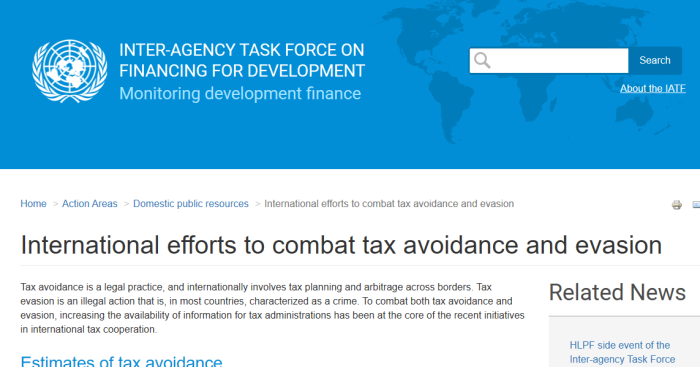
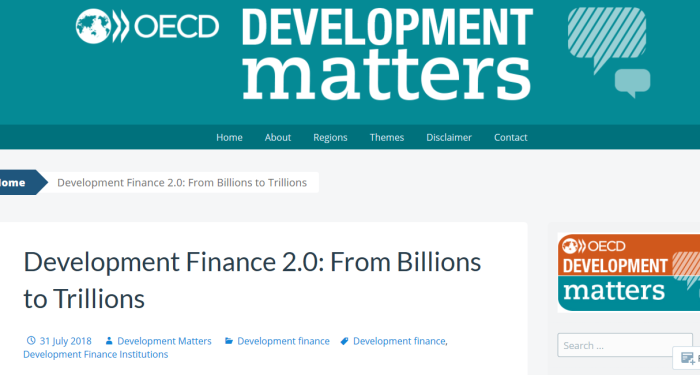
This is not limited to a simple carbon tax. Indeed, the United Nations and their allies have many ideas for raising money (with or without consent), from working people across the globe. Here are some of their recent ones. The one about global efforts to catch tax-evaders raised a few eyebrows, surely.
6. Our Contributions Are Debt Financed

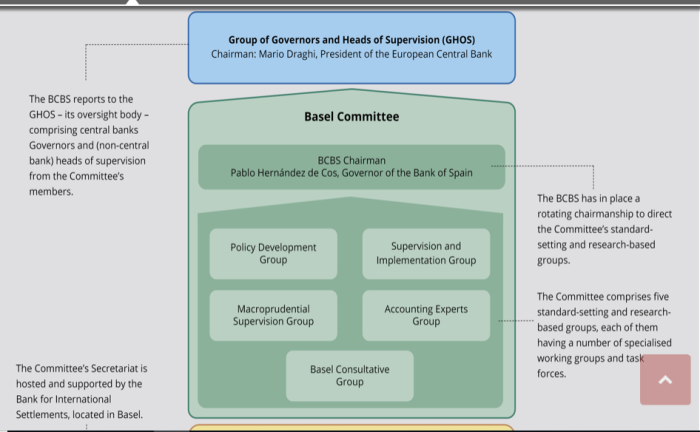
(An old video circulating). Elizabeth May and Jack Layton knew full well about the private banking system since 1974, but have strategically chosen to remain silent when it mattered. All major parties are complicit in keeping the banking system out of public discussion.
In 1974, Pierre Trudeau decided that Canada shall be borrowing from private interests rather than using the Bank of Canada. Now, money is always artificially created. However, since we own the Bank of Canada, it means effectively paying interest to ourselves. Furthermore, the debt can simply be cancelled by a Prime Minister’s signature. That’s not the case with private loans.
The relevance here is that the payments that Canada hands out are debt financed. That is, we will be adding to our national debt, to hand out money to the 3rd World. Large parts of that money will be used for predatory lending to other nations (see Section #9).
7. Mark Carney & UN Climate Finance
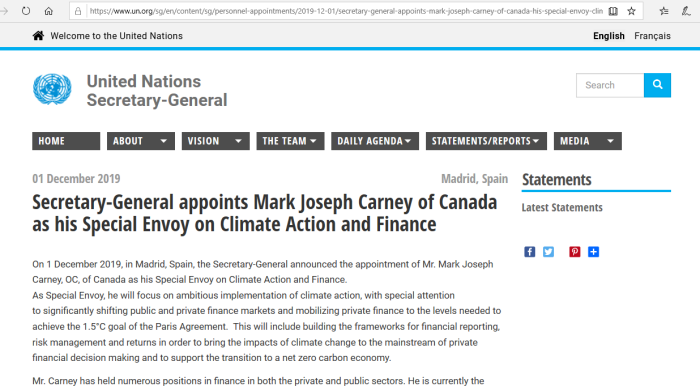
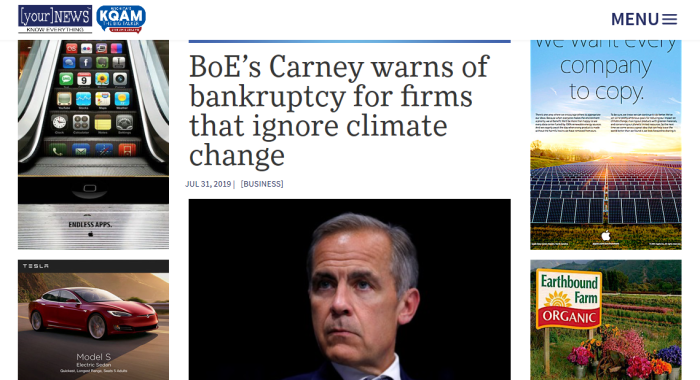

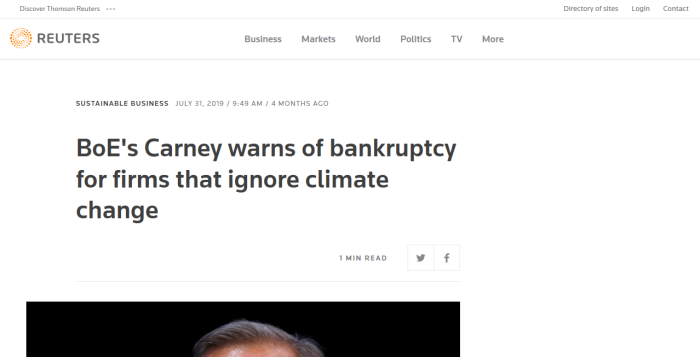
Remember Mark Carney? He was in charge of the Bank of Canada, and then went to run the Bank of England. Anyway, he has a new position, being in charge on the UN’s climate finance agenda. His repeated threats about businesses going bankrupt if they don’t play ball comes across as extortion.
8. The Climate Bonds Industry ($100T)
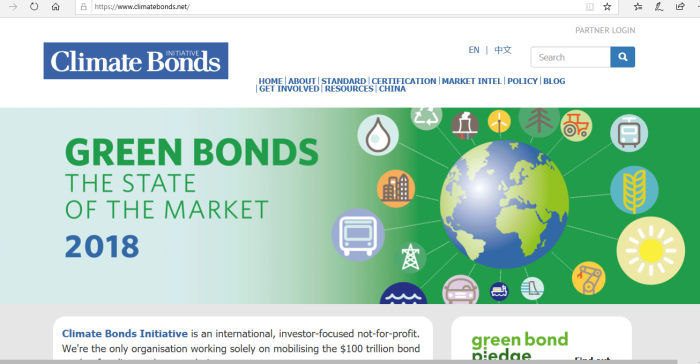
Climate Bonds Initiative FUNDERS include:
- Rockefeller Foundation
- European Climate Foundation
- Climate Works Foundation
However, they are far from the only players on the scene. And Canadian politicians are completely on board with this new “industry”. Does this help make the air cleaner or prevent climate change? No, but then, that was never the goal.
9. Predatory Loans To Third World
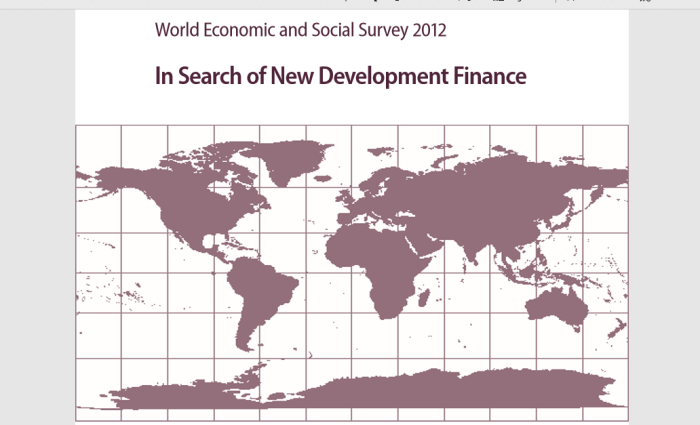
New Development Financing (2012)
(Page 86) Debt-conversion mechanisms
Debt conversion entails the cancellation by one or more creditors of part of a country’s debt in order to enable the release of funds which would otherwise have been used for debt-servicing, for use instead in social or environmental projects. Where debt is converted at a discount with respect to its face value, only part of the proceeds fund the projects, the remainder reducing the external debt burden, typically as part of a broader debt restructuring.
Debt to developing nations can be “forgiven”, at least partly, if certain conditions are met. However, the obvious question must be asked:
Can nations be loaned money they could never realistically pay back, in order to ensure their compliance in UN or other global agenda, by agreeing to “forgive” part of it?
(Page 86) Debt conversion first emerged, in the guise of debt-for-nature swaps, during the 1980s debt crisis, following an opinion article by Thomas Lovejoy, then Executive Vice-President of the World Wildlife Fund (WWF), in the New York Times in 1984. Lovejoy argued that a developing country’s external debt could be reduced (also providing tax relief to participating creditor banks) in exchange for the country’s taking measures to address environmental challenges. Estimates based on Sheikh (2010) and Buckley, ed. (2011) suggest that between $1.1 billion and $1.5 billion of debt has been exchanged through debt-for-nature swaps since the mid–1980s, although it is not possible to assess how much of this constitutes IDF, for the reasons discussed in box III.1.
If debt can be forgiven in return for environmental measures, then why not simply fund these environmental measures from the beginning? Is it to pressure or coerce otherwise unwilling nations into agreeing with such measures?
(Page 88)
There have been two basic forms of debt-for-nature exchanges (Buckley and Freeland, 2011). In the first, part of a country’s external debt is purchased by an environmental non-governmental organization and offered to the debtor for cancellation in exchange for a commitment to protect a particular area of land. Such transactions occurred mainly in the late 1980s and 1990s and were generally relatively small-scale. An early example was a 1987 deal under which Conservation International, a Washington, D.C.-based environmental non-governmental organization, bought $650,000 of the commercial bank debt of Bolivia (now Plurinational State of Bolivia) in the secondary market for $100,000, and exchanged this for shares in a company established to preserve 3.7 million acres of forest and grassland surrounding the Beni Biosphere Reserve in the north-east part of the country.
.
In the second form, debt is exchanged for local currency (often at a discount), which is then used by local conservation groups or government agencies to fund projects in the debtor country. Swaps of this kind are generally much larger, and have predominated since the 1990s. The largest such swap came in 1991, when a group of bilateral creditors agreed to channel principal and interest payments of $473 million (in local currency) into Poland’s Ecofund set up to finance projects designed to counter environmental deterioration. The EcoFund financed 1,500 programmes between 1992 and 2007, providing grants for conservation projects relating to cross-border air pollution, climate change, biological diversity and the clean-up of the Baltic Sea (Buckley and Freeland, 2011).
We will “forgive” your debt if:
(1) A portion of your land is off limits; or
(2) Debt converted to currency to fund “projects”
It seems those “loans” weren’t really free after all. Debt is forgiven, but for a high price. Also, read further on, where it talks about forgiveness-for-health and some forgiveness-for-education options. This is usury by any other name.
10. Money Finances Immigration Schemes
Ever notice how it seems like immigration in Canada is much larger than what our leaders tell us? Ever wonder about those UN treaties that we keep signing? Canadians are subsidizing their own replacement with:
- bringing large numbers of refugees year after year
- grants which will be used to finance future students on visas
- subsidizing temporary workers who will work for less than Canadians
- enriching others who can use the money to immigrate to Canada
- enriching others who can buy up parts of Canada
Of course, some of the money we send will just be kept by dictators who will do little to improve the lives of their citizens (think UN oil-for-food for a bad example). But again, none of this helps the environment in any way, which is what we are told was the purpose.
11. Green New Deal, Great Reset
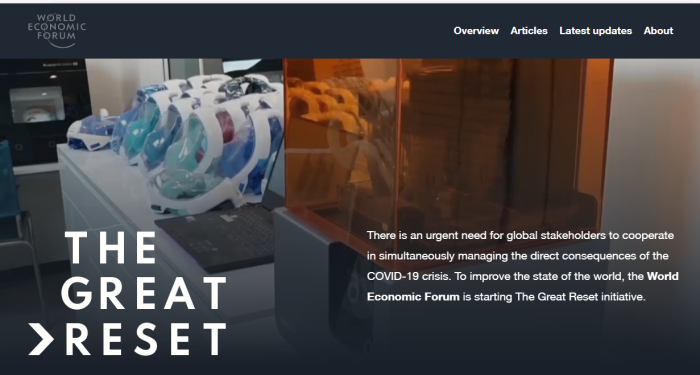
Many of these manufactured “crises” are just pretexts to bring about larger social change. The coronavirus hoax is one, to launch the GREAT RESET. Another was the Green New Deal, designed to bring about larger changes. It was never really about the climate.
12. Climate Propaganda In Academia
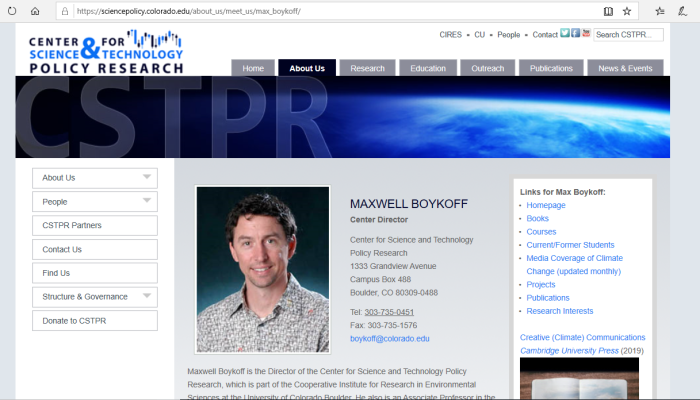
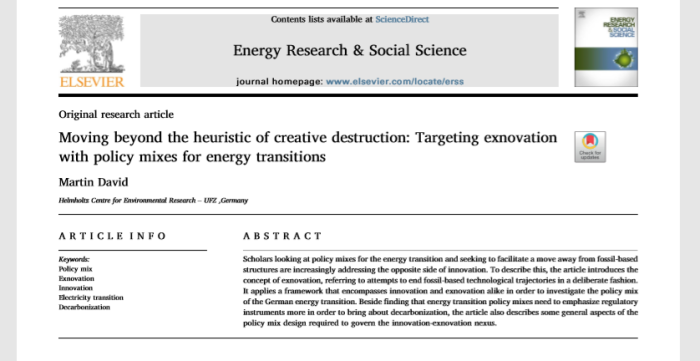
There is a growing body of work in Academia, which is little more than climate propaganda. See here and here, for a few examples.
13. Climate Huckster Joel Wood (Fraser Inst)


Joel Wood, of the Koch-funded Fraser Institute, is also an economics professor at Thompson Rivers University in Kamloops, BC. In 2019, he gave a talk on various “pricing options”. Attached is the audio.
14. Controlled Opposition Court Challenges

Most people are aware that several “conservative” Premiers filed a variety of court challenges against the Federal Carbon tax. However, things are not as they appear. These Premiers fully endorse the climate change scam, and only object to Trudeau imposing a FEDERAL Carbon tax. There is nothing stopping them from later adding a PROVINCIAL tax.
From paragraph 4 in the Saskatchewan COA ruling:
[4] The factual record presented to the Court confirms that climate change caused by anthropogenic greenhouse gas [GHG] emissions is one of the great existential issues of our time. The pressing importance of limiting such emissions is accepted by all of the participants in these proceedings.
From paragraph 25 in Alberta COA ruling:
[25] Alberta contended that the Act was wholly unconstitutional and does not fall within the national concern branch of Parliament’s POGG power. Ontario, New Brunswick, Saskatchewan, Saskatchewan Power Corporation and SaskEnergy Incorporated all intervened in support of Alberta’s position. In short, in their view, the “matter” of the Act, what is often called its “pith and substance”, is the “regulation of GHG emissions” and to give the federal government exclusive authority over such a matter under the national concern doctrine would unduly intrude into the provinces’ jurisdiction to regulate their own natural resources. Alberta stressed, however, that the result would be the same even if the Act were characterized more narrowly.
From paragraph 6 in Ontario’s ONCA submissions:
6. Ontario agrees with Canada that climate change is real and that human activities are a major cause. Ontario also acknowledges that climate change is already having a disruptive effect across Canada, and that, left unchecked, its potential impact will be even more severe. Ontario agrees that proactive action to address climate change is required. That is why Ontario has put forward for consultation a made-in-Ontario plan to protect the environment, reduce greenhouse gas emissions, and fight climate change.
From paragraph 1 in New Brunswick’s ONCA submissions:
1. The Intervenor, Attorney General of New Brunswick (“New Brunswick”) agrees with the factum of the Attorney General of Ontario (“Ontario”) regarding the nature of this reference and agrees with Ontario’s conclusions in every respect. New Brunswick also agrees with the climate data submitted by the Attorney General of Canada (“Canada”). This reference should not be a forum for those who deny climate change; nor should it be a showcase about the risks posed by greenhouse gas emissions (“GHG emissions”). The supporting data is relevant only to the extent that it is meaningfully connected to the constitutional question at issue.
Does any of this look like these so-called conservatives actually oppose the climate change scam? Or are they just going through the motions. The Supreme Court submissions are no better:
1. This case is not about whether action needs to be taken to reduce greenhouse gas emissions or the relative effectiveness of particular policy alternatives. It is about (1) whether the federal Greenhouse Gas Pollution Pricing Act (the “Act”) can be supported under the national concern branch of the POGG power; and (2) whether the “charges” imposed by the Act are valid as regulatory charges or as taxes. The answer to both questions should be no.
.
2. The provinces are fully capable of regulating greenhouse gas emissions themselves, have already done so, and continue to do so. Ontario has already decreased its greenhouse gas emissions by 22% below 2005 levels and has committed to a 30% reduction below 2005 levels by 2030 – the same target to which Canada has committed itself in the Paris Agreement.
12. Saskatchewan has adopted its own industrial emission standards under The Management and Reduction of Greenhouse Gases Act, which is more stringent than Part 2 of the GGPPA. However, the provincial regime does not apply to Crown corporations engaged in the businesses of electricity generation (SaskPower) and the distribution of natural gas (SaskEnergy). Instead, under Saskatchewan’s strategy, these Crown corporations have plans to reduce emissions, including expanding renewable sources to provide up to 50% of Saskatchewan’s electrical generating capacity by 2030. Saskatchewan previously made significant investment in GHG emissions reduction by retrofitting one of SaskPower’s coal-fired electrical generation units with post-combustion carbon capture use and storage. This technology allows emissions from Boundary Dam Unit 3 to be permanently sequestered underground.
Once more, the Provinces are not arguing that climate change is a hoax. Instead, they are only complaining about Ottawa imposing a Federal tax.
(A.1) SK COA Ruling On Carbon Tax
(B.1) ONCA Ruling On Carbon Tax
(B.2) Ontario Court of Appeals, Reference Documents
(B.3) Ontario Court of Appeals, Ontario Factum, GGPPA
(B.4) Ontario Court of Appeals, BC Factum, GGPPA
(B.5) Ontario Court of Appeals, NB Factum, GGPPA
(B.6) Ontario Court of Appeals, United Conservative Assoc
(B.7) Ontario Court of Appeals, CDN Taxpayers Federation
(C.1) ABCA Ruling On Carbon Tax
(C.2) Jason Kenney Repeals Carbon Tax
(C.3) Kenney Supports New Carbon Tax
(C.4) Kenney To Hike New Carbon Tax
(D.1) Supreme Court of Canada, Ontario Factum
(D.2) Supreme Court of Canada, Sask Factum, GGPPA
15. Conservatives Support Climate Scam
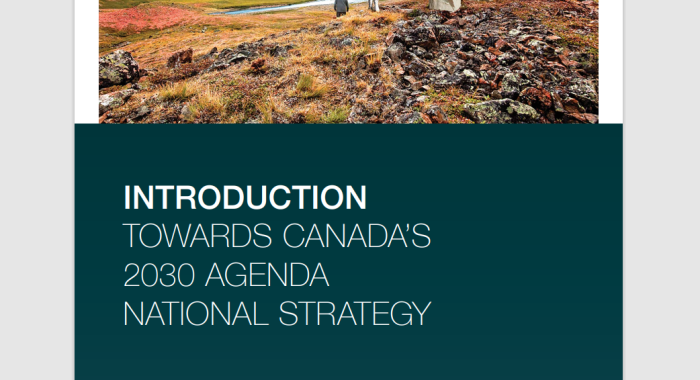
Canada.Agenda.2030.Implementation
Many “conservative” supporters claim the party didn’t really support the Paris Accord in 2016/2017, and only voted for it out of being pressured. A few problems with that.
(a) First, Stephen Harper signed Agenda 2030 in September 2015. It also implemented Agenda 21, which had been signed by Brian Mulroney in 1992. Had he been re-elected, he almost certainly would have signed this as well.
(b) Second, given the bogus court challenges (see previous section), it’s clear conservatives don’t really oppose the hoax. They just want to be SEEN as opposing it.
(c) Third, peer pressure is not a valid excuse to justify doing the wrong thing.
16. Giant Wealth Transfer Scheme
Don’t be deceived by what is being said in the media. These carbon taxes, and other “fees” have nothing to do with global warming, climate change, or clean air. These are just false pretenses to go about a wealth transfer scheme that is worth trillions of dollars. There is nothing altruistic about this, although many are duped into believing that it is.
Discover more from Canuck Law
Subscribe to get the latest posts sent to your email.
